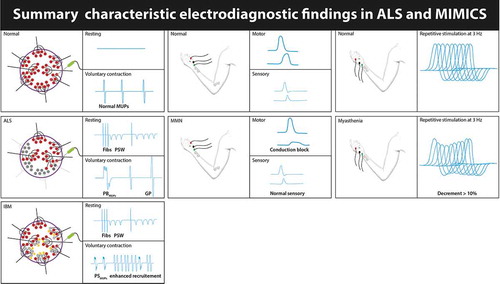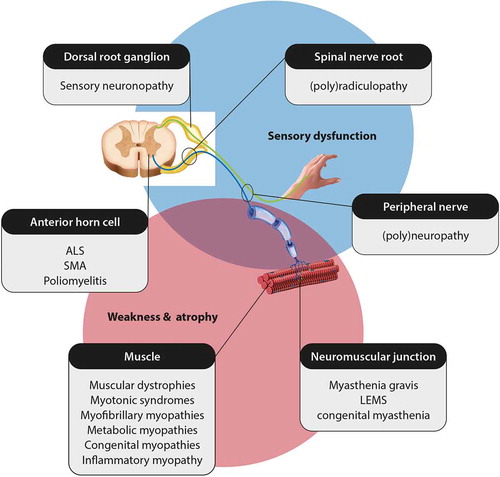Figures & data
Table 1. Overview of ALS and pleiotropic effects.




